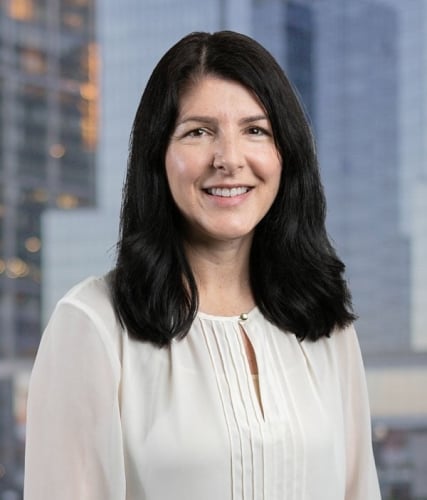
This blog was originally published as part of Citisoft’s Outlook 2022
The amount of investment and innovation that has occurred in the solutions market in the past 2-3 years is remarkable given the historic pace of technology advancement in financial services. In the past, we have often described the asset management industry and solutions market as slow-moving and suffering from generalized ennui; however, the shift in mindset from “status quo” to “innovate” has resulted in a domino effect arms race that has forced solution providers to invest and evolve—or be labeled irrelevant.
What’s driving this change? For years, asset manager operating models and accompanying technology and services stack were largely uniform in the functions that sit in what was referred to as the front, middle, and back office. As an example, many asset managers had an investment accounting function sitting in their middle office somewhere, either on vendor software or outsourced to a service provider. When an asset manager decided that investment accounting system or service was no longer viable, they would look to replace it with a finite number of vendor software or service options—essentially resulting in a like-for-like switch. Though there was certainly variability among different solutions, they essentially performed the same function.
In 2022, this technology strategy has become obsolete. When an investment accounting system or service needs to be replaced, an asset manager can no longer consider how to replace that one system or service with a new one—they must look holistically at how to leverage solutions providers to build a front-to-back ecosystem, how to simplify their operating model, and how to improve upon it.
Asset managers are increasingly desirous of simplification in the form of a holistic operating model that is cohesive across the multitude of critical functions from the front to the back office. Solution providers have responded to these business drivers with significant investment, acquisitions, and partnerships with other solution providers, and multi-year development roadmaps. The resulting solution evolution for most is just beginning and the reimagined solutions currently sit somewhere in the middle to lower end of the maturity scale. This hasn’t stopped asset managers interested in these solutions from taking a leap of faith, signing on for products and services in the early stages before the end state solution has been proven out.
The gap between what exists today, and where a solution is going can vary greatly and creating an achievable roadmap towards a moving target is no small undertaking. This can be difficult to navigate for both asset managers that are interested in exploring these solutions, as well as the solution providers that are onboarding clients with varying requirements and timelines. In order to be successful, asset managers must understand the functionality promised in solution roadmaps and marry that to their own unique requirements. During this process, they must identify solution fit and ensure that gaps are covered in the target operating model and accompanying plan. Solution providers also need to ensure there is balance between their roadmap and meeting the needs of multiple individual client requirements, all while trying to adhere to promised timelines.
The journey to the solution promised land must be viewed as a partnership between asset manager and solution provider. Partnering implies that both parties are working together on mutual goals; for early adopters, this includes investment in defining and iteratively refining requirements, while having the patience to work out the kinks and bugs as the product evolves. The pay out for the asset manager may be realized in favorable commercial arrangements initially but more importantly, the ability to shape the future of the solution to fit their current and aspirational needs. But not all asset managers have the desire or ability to do this as it will require an investment of time and resources that most firms will not be able to absorb. Further burden will fall on the solution providers to balance individual firm requirements with their planned roadmap to serve the greater good.









Comments